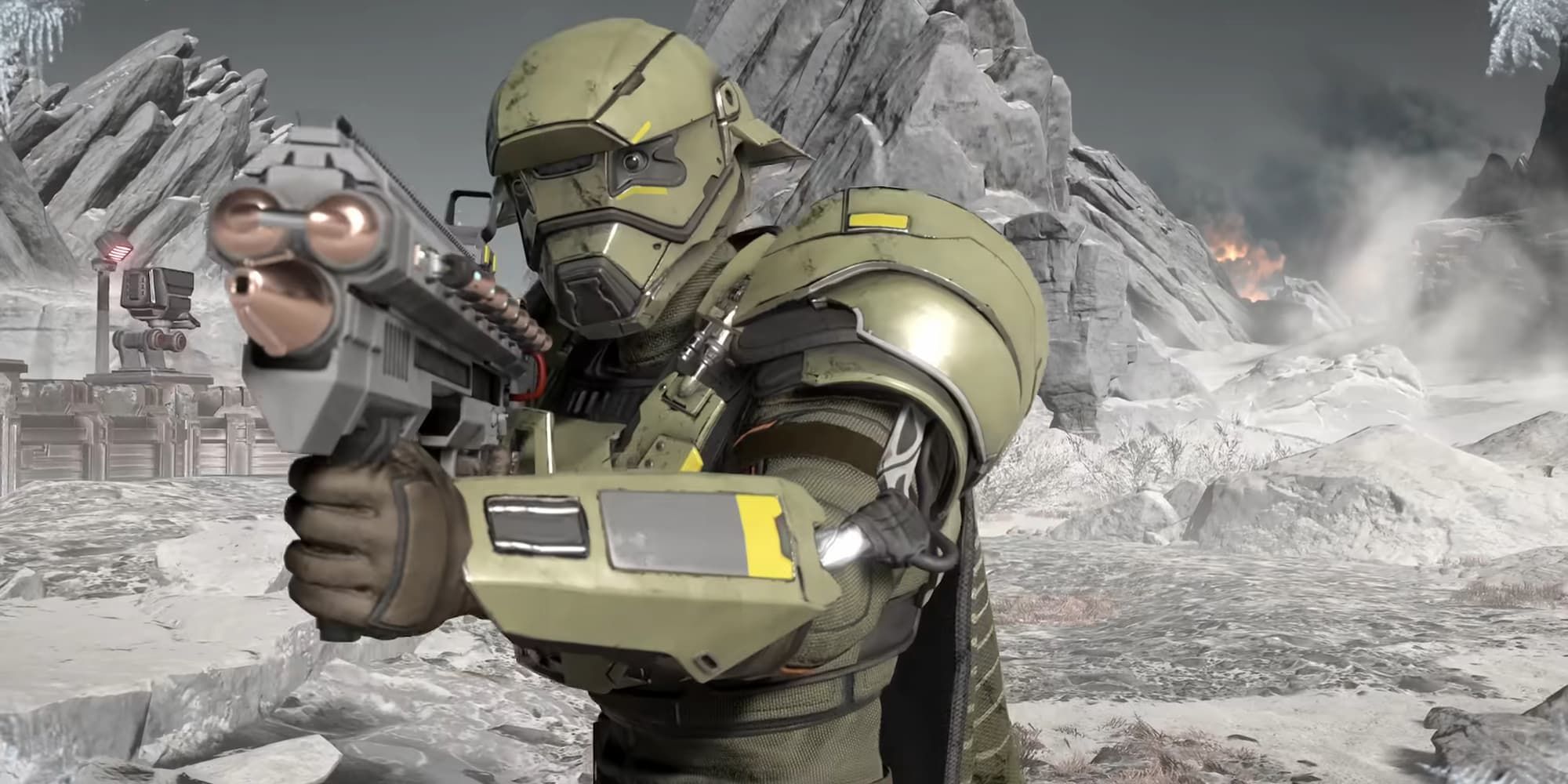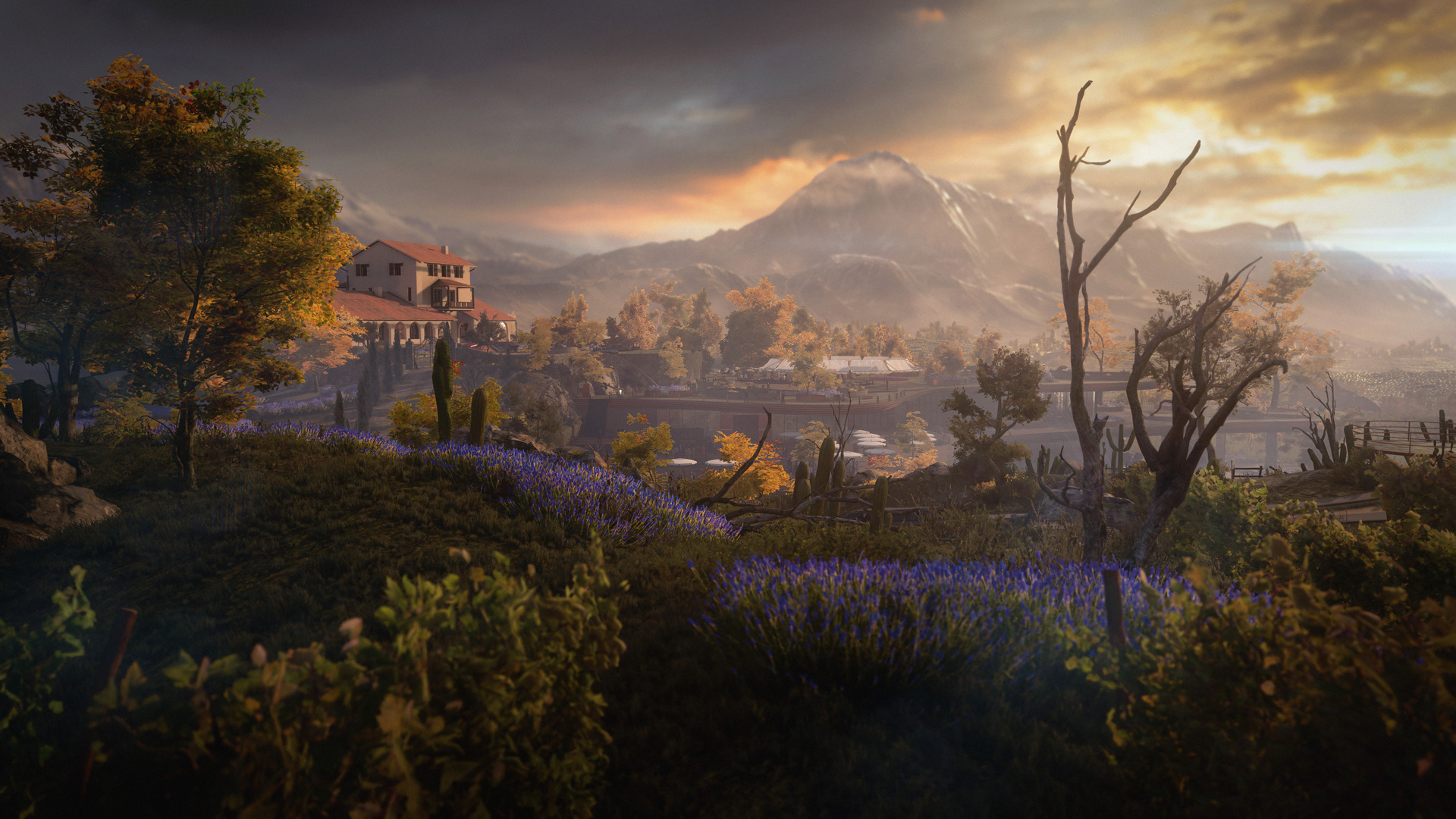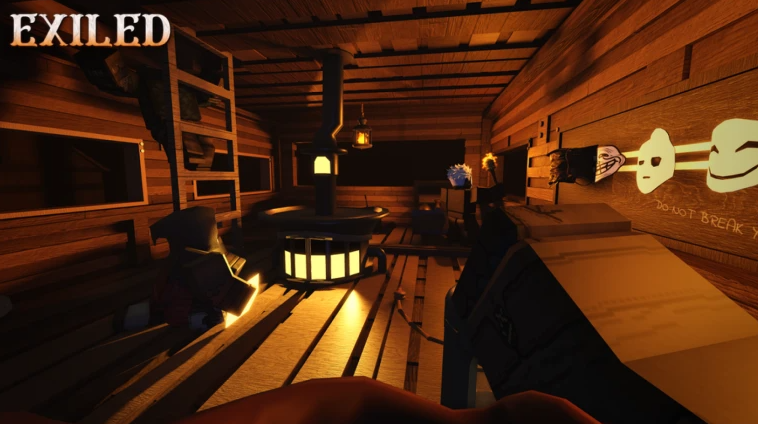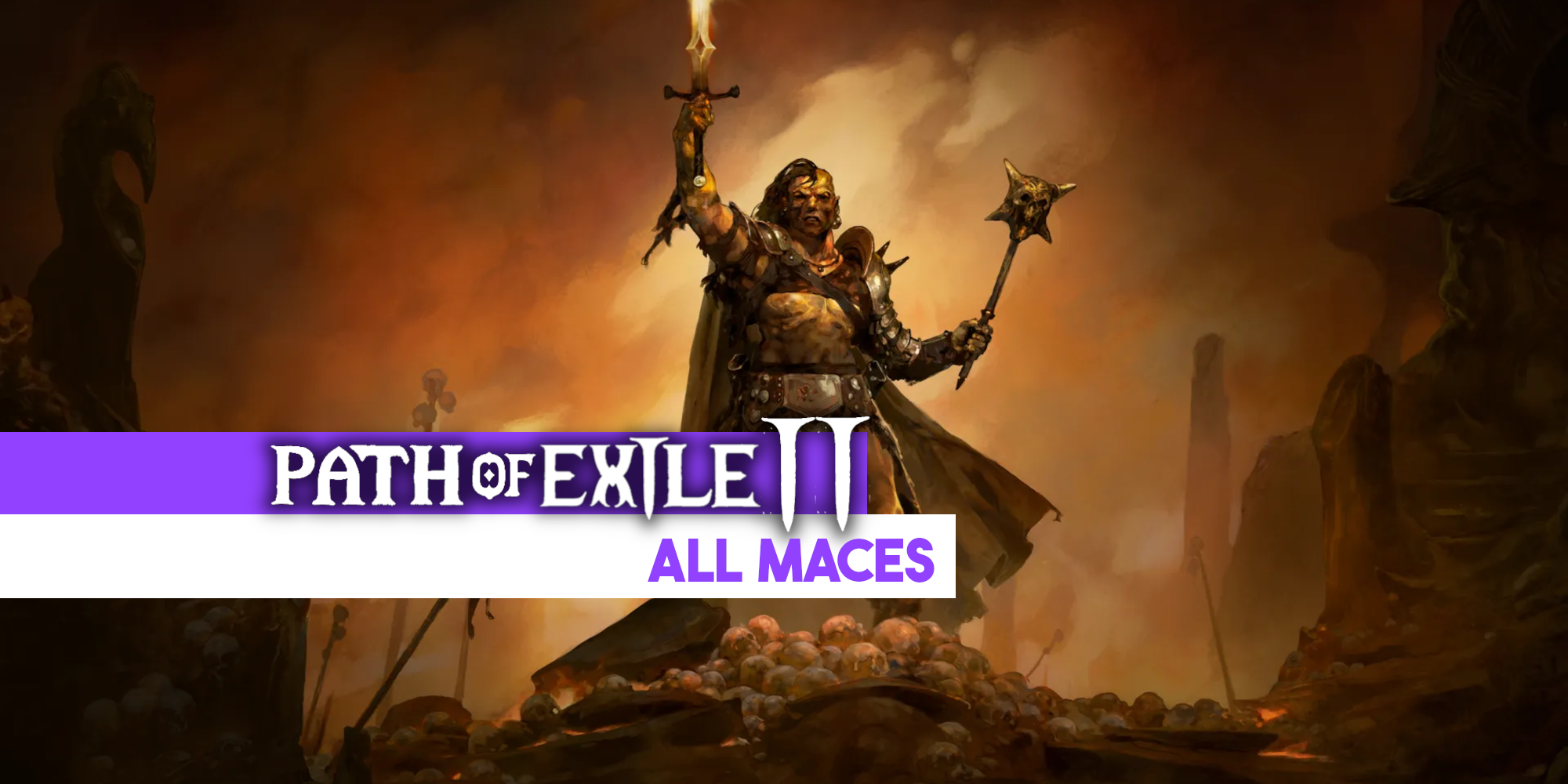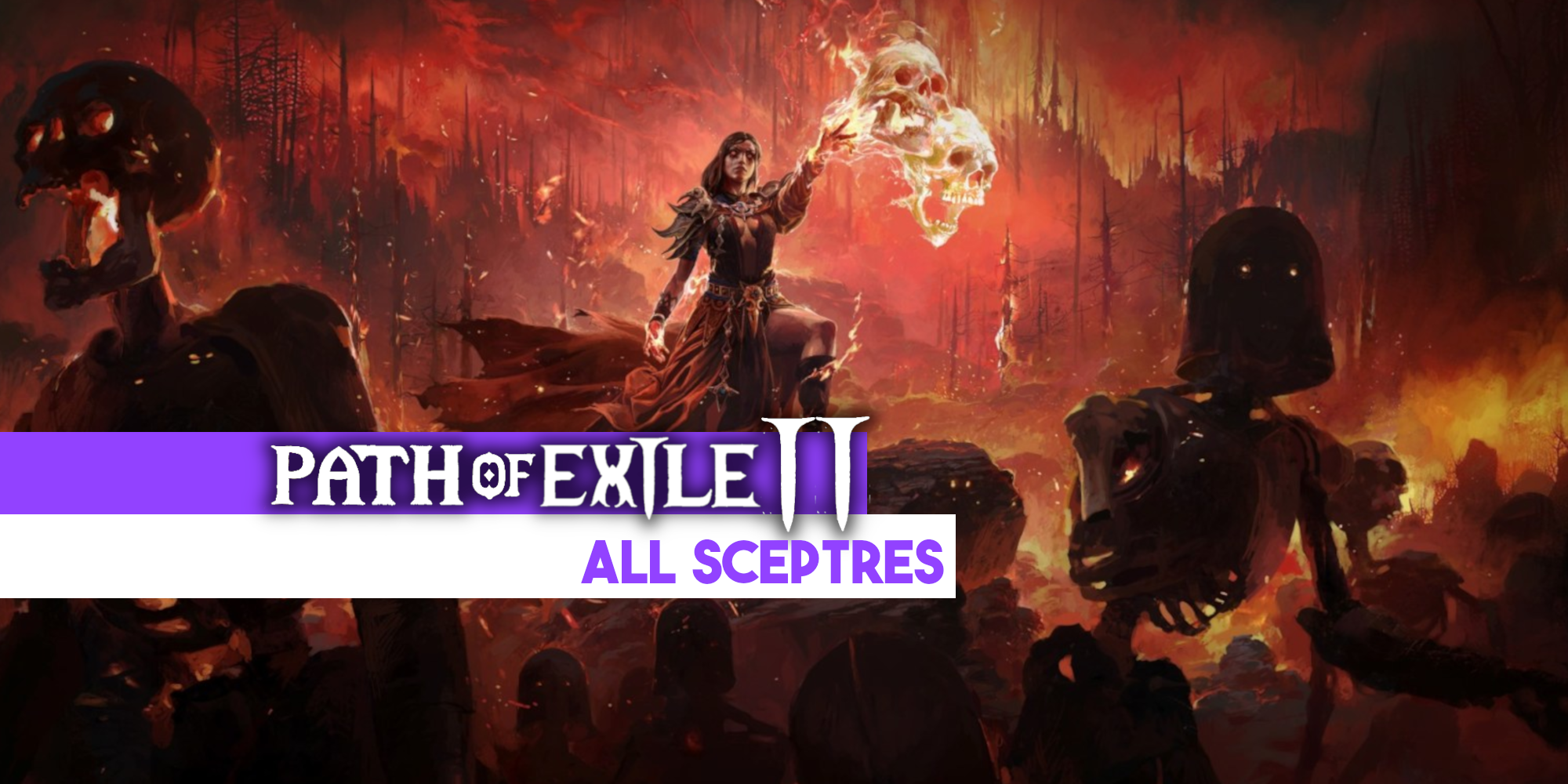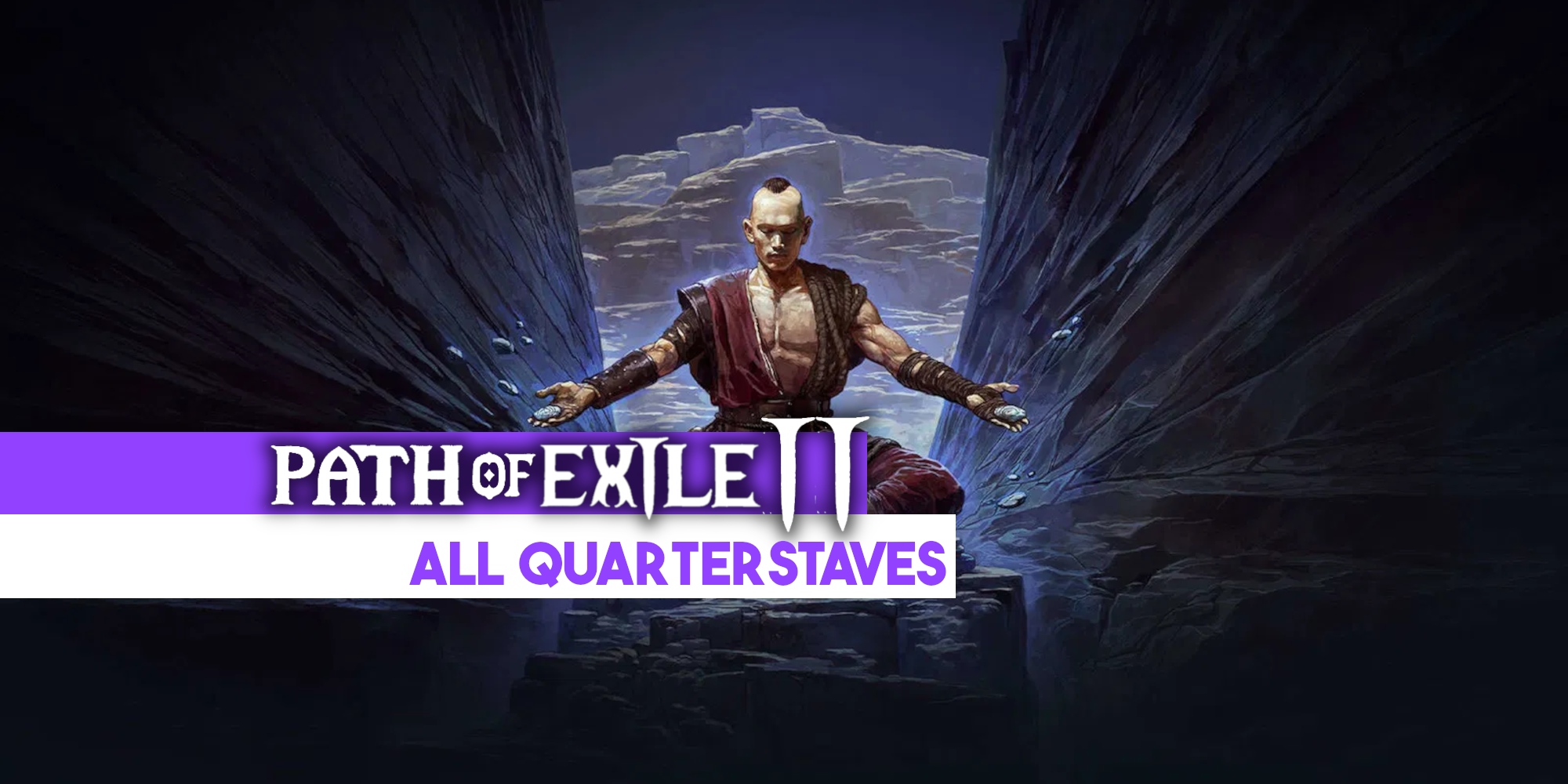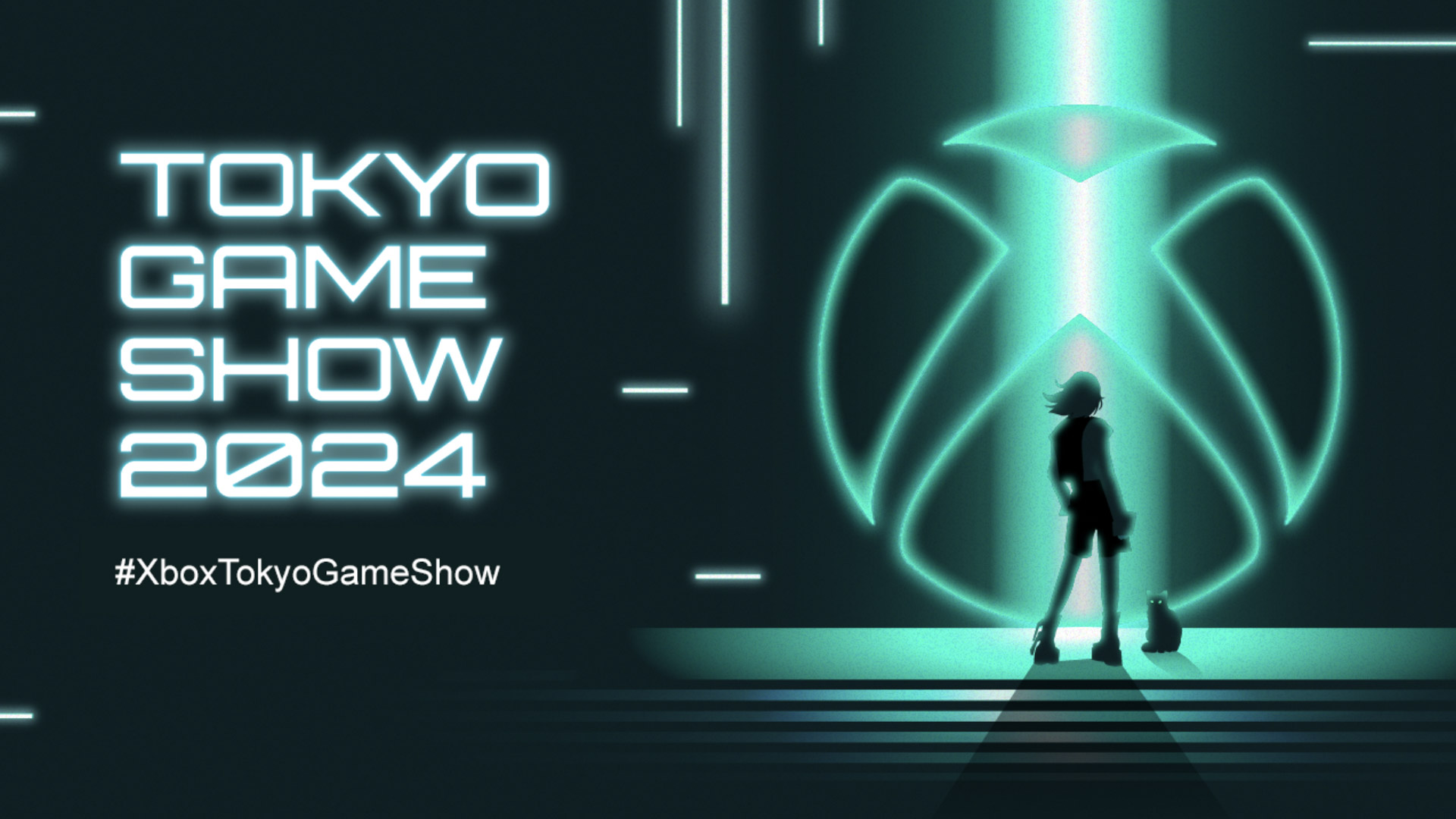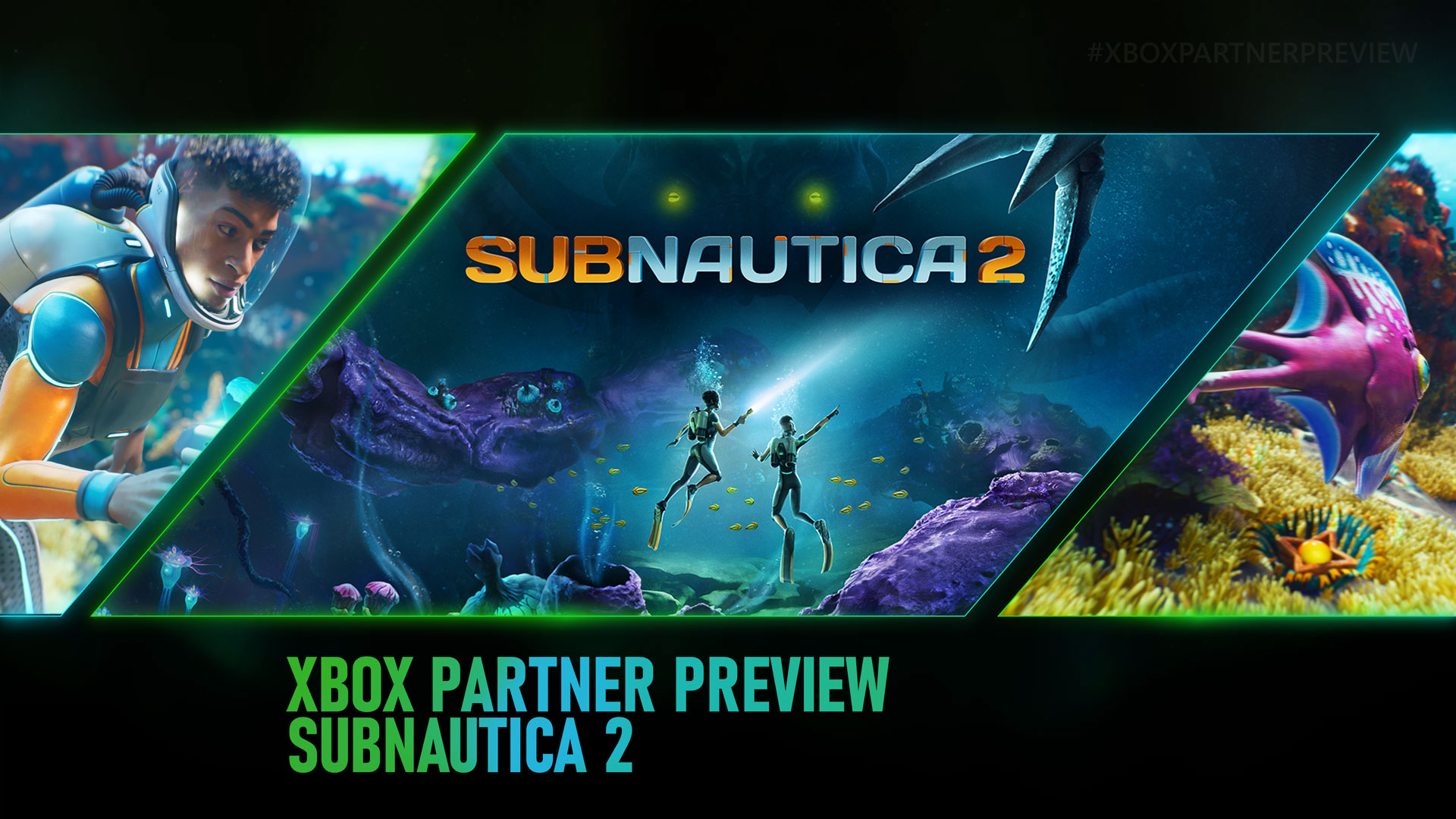Sins of a Solar Empire 2 makes space exciting again—and it's a brilliant 4X RTS to boot
Kaleidoscopic battles, colliding empires and a map that never sits still all make for a potent cosmic strategy game.
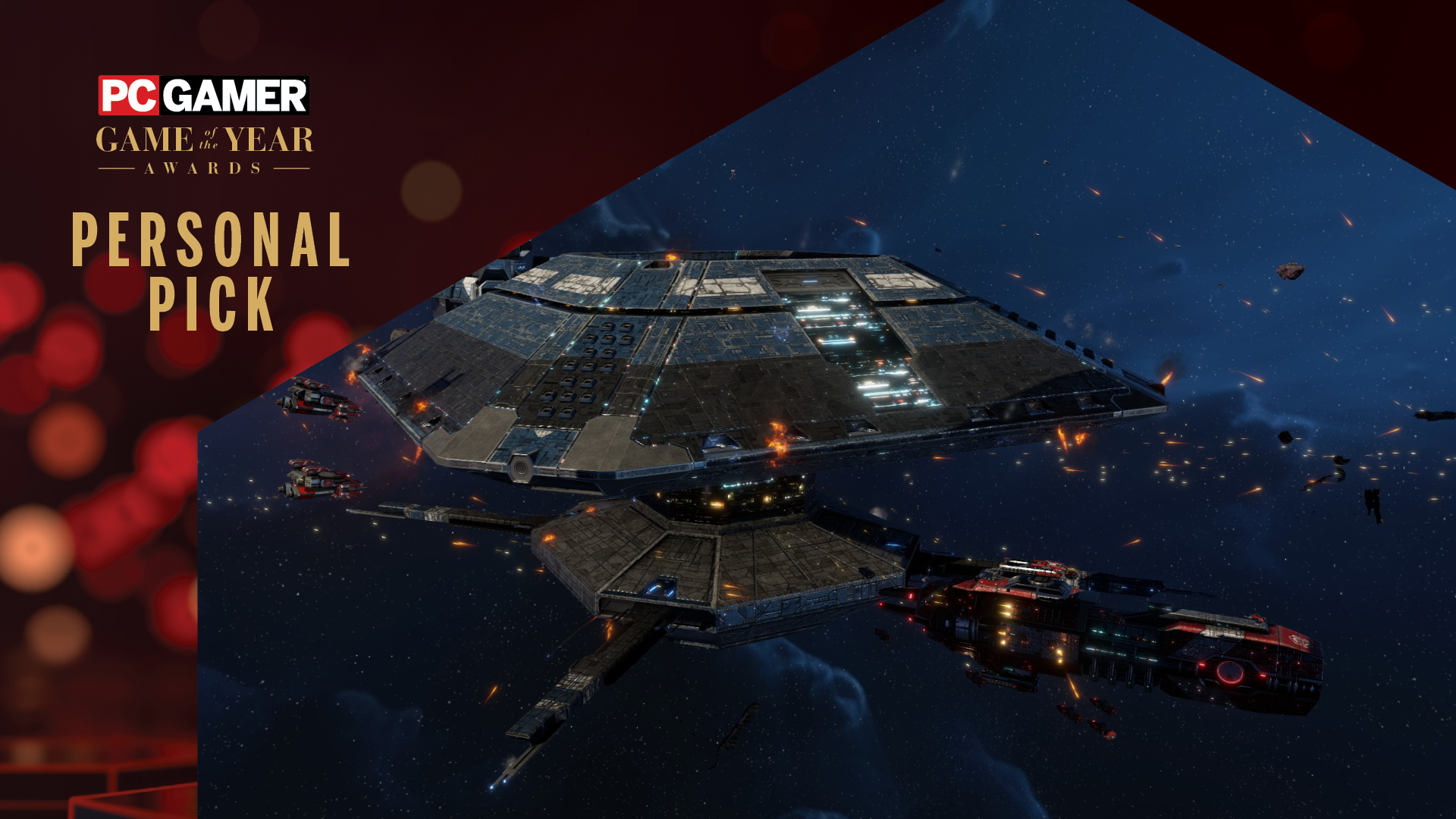

In addition to our main Game of the Year Awards 2024, each member of the PC Gamer team is shining a spotlight on a game they loved this year. We'll post new personal picks, alongside our main awards, throughout the rest of the month.
Despite being such an enduring videogame setting, the great cosmic void beyond our planet is often treated as window dressing: an excuse to meet funky alien races and blow stuff up with colourful lasers. The mechanical complexities of space are largely relegated to sims like Elite Dangerous or Kerbal Space Program.
This is even true for otherwise incredibly detailed games like the many 4X romps that use space as a setting. The fantastic Stellaris, for instance, might have crammed in every sci-fi trope imaginable, but if you transposed the whole thing onto a planet's surface, surprisingly little would need to meaningfully change—at least not mechanically.
Sins of a Solar Empire 2, then, feels particularly special. In practical terms, everything is still happening on a 2D plane (unlike, say, Homeworld 3, where ships have full 3D movement), but it still has one significant wrinkle that keeps things interesting: celestial mechanics.
The solar systems you fight over are not static maps, you see. Instead, the planets, moons and asteroids move along a predetermined path, dancing across the map as the war progresses—all in real-time. For any would-be conquerors, this has massive ramifications, forcing frequent adjustments as your plans shift in conjunction with the movement of the planets.
That juicy enemy world your fleet is primed to invade, for instance, might be impossible to reach directly 10 minutes in the future. Phase lanes are how gravity wells connect to their neighbours, you see, but as the map shifts, those phase lanes can be broken. This might trap your fleet behind enemy lines, or make what was previously a quick jump to a neighbouring planet an epic journey through a series of enemy-infested worlds.
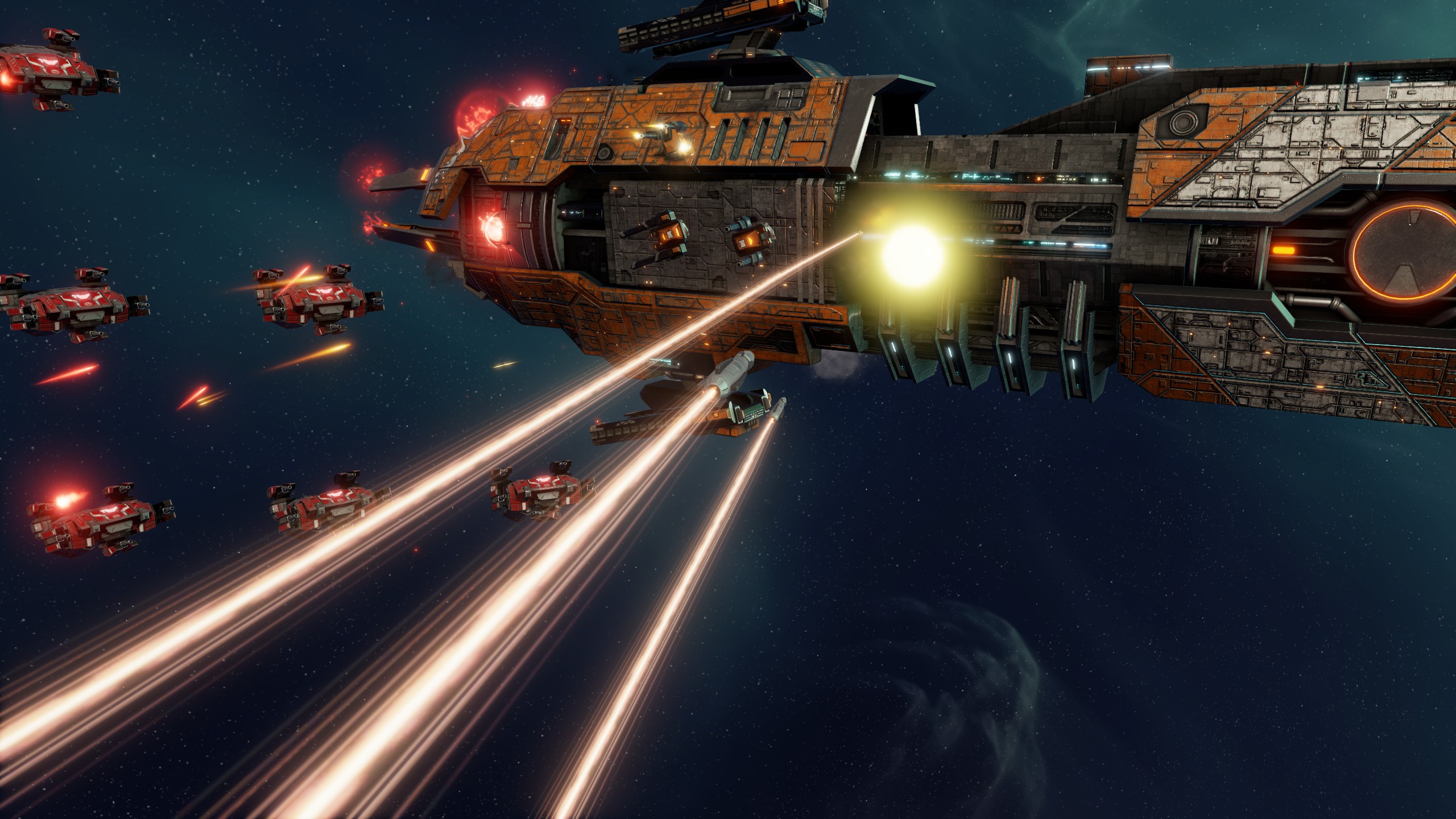
All of this forces you to maintain an agile strategy; it means you're never able to get too comfortable. You might enjoy 30 minutes of relative peace in the early game, all your foes spread out across the system, but that can all end violently when a heavily armed world suddenly connects to one of your own, and a huge armada of alien vessels pour out of the phase lane.
That's a good thing, though, because Sins 2 sports some of the best space brawls around. Itty-bitty fighters weaving between imposing capital ships, bristling with turrets, each acting independently as they blow missiles out of the heavens and track individual vessels. Colossal titans bombarding worlds or using their massive hulls to block torpedo salvos. Space stations, missile boats, planets ringed with defense platforms, super weapons capable of destroying entire worlds—god, it's good.
Honestly, if this was just an RTS, it would keep you busy enough, but Sins 2 is also a 4X. So as well as conducting your various wars, you've got trading vessels, a galactic marketplace, diplomacy between major and minor factions, worlds to develop and exploit, huge research trees to work your way through—being a space tyrant is pretty involved, it turns out.
But somehow, it's not all too much. Ironclad smartly didn't get too bold with its sequel, and while there are new mechanics to consider and a lot of different moving parts to figure out—a lot of them dependent on which faction you pick—it's also fairly streamlined. You can be very hands-on, but you can also trust in the automation, focusing on the big picture while the AI handles the minute details, whether it's fighting or building fleets.
If you want to build something you haven't researched, for instance, you can simply click on the build menu, and (as long as you have the funds) the game will automatically start researching the prerequisite techs. Ships will also automatically join fleets, and you can request new ships directly from existing fleets, no matter where they are on the map, which means they'll head directly towards your armada the moment they leave the shipyard. It's just enough to let you focus on the parts of the game that interest you the most, but none of this automation stops you from directly fiddling with every part of your empire.
This all leads to Sins 2 being an extremely accessible RTS 4X without sacrificing the complexity that makes these kinds of games so damn compelling. Which is to say, you really don't have an excuse not to try it out.
What's Your Reaction?

















